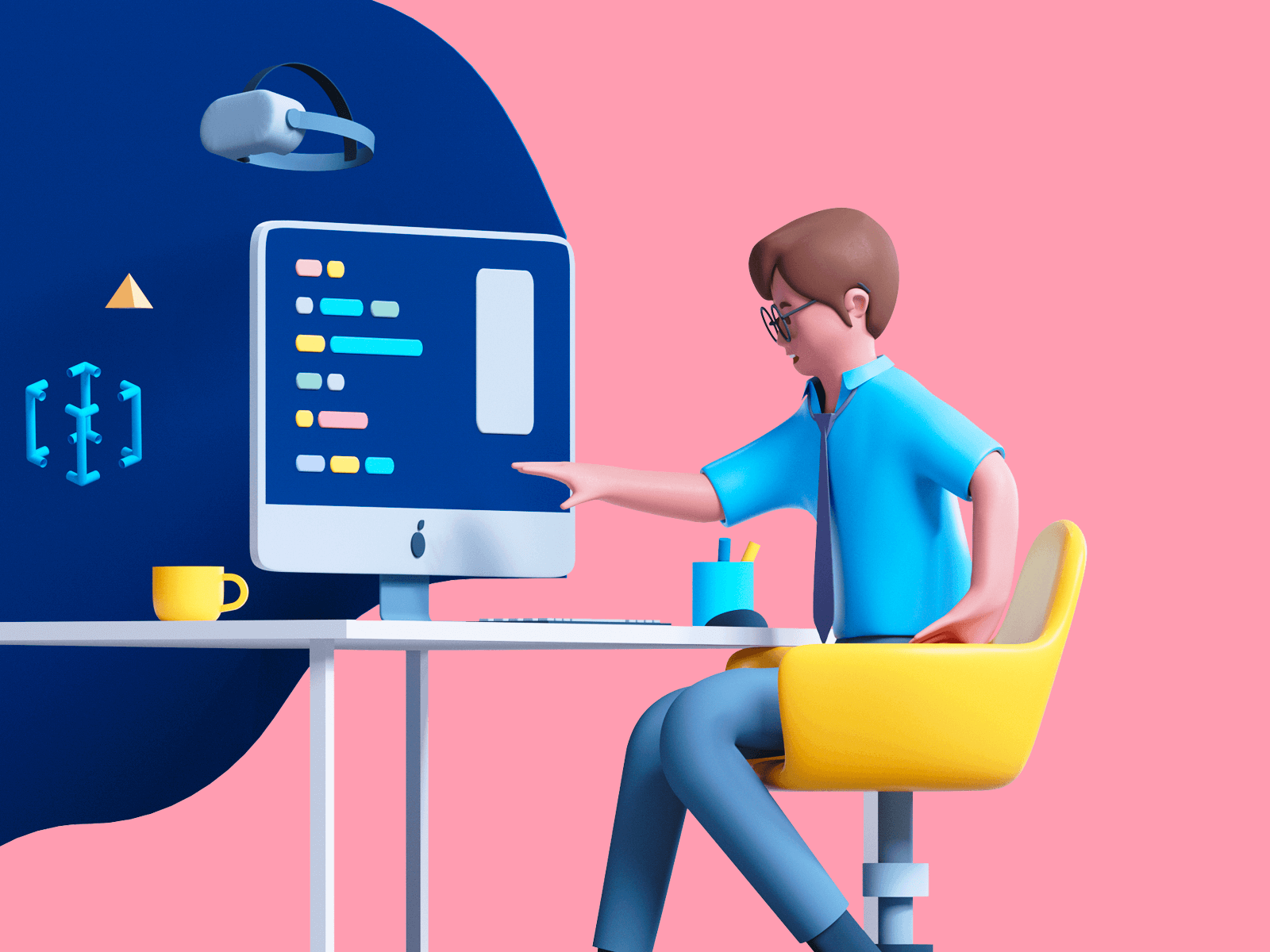Creative discipline
Graphic design is a creative discipline that involves the art and practice of planning and projecting visual and textual content to communicate messages effectively.
Elements
It combines elements such as typography, imagery, color, and layout to create visually appealing designs that convey specific ideas, concepts, or information.
Technical skills
Graphic designers use their creativity, technical skills, and knowledge of design principles to produce a wide range of visual materials.
Layout and : Composition
The arrangement of visual elements within a design to create a balanced, cohesive, and aesthetically pleasing composition. Graphic designers use principles of balance, contrast, alignment, proximity, and whitespace to organize content and guide the viewer’s eye through the design.

Typography
principles

Imagery

Color Theory here

Brand Identity
Print Design

Tools of Graphic Design
Dynamic field

Wide range of industries

Creation of visual content

Information Design

Responsive Design
Immersive Design

Graphic design is a dynamic and multifaceted field that encompasses a wide range of specializations. Contact Us Now!


